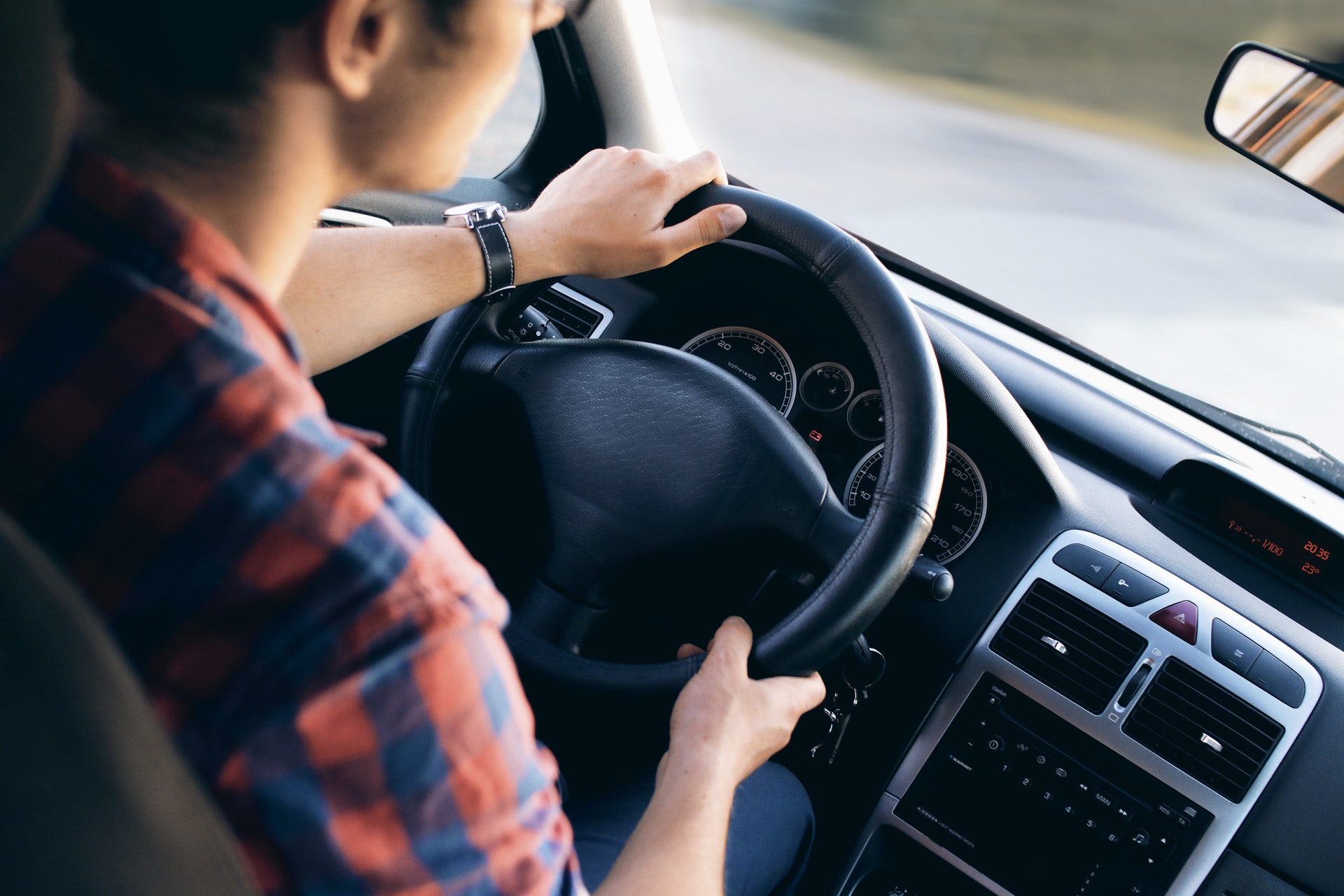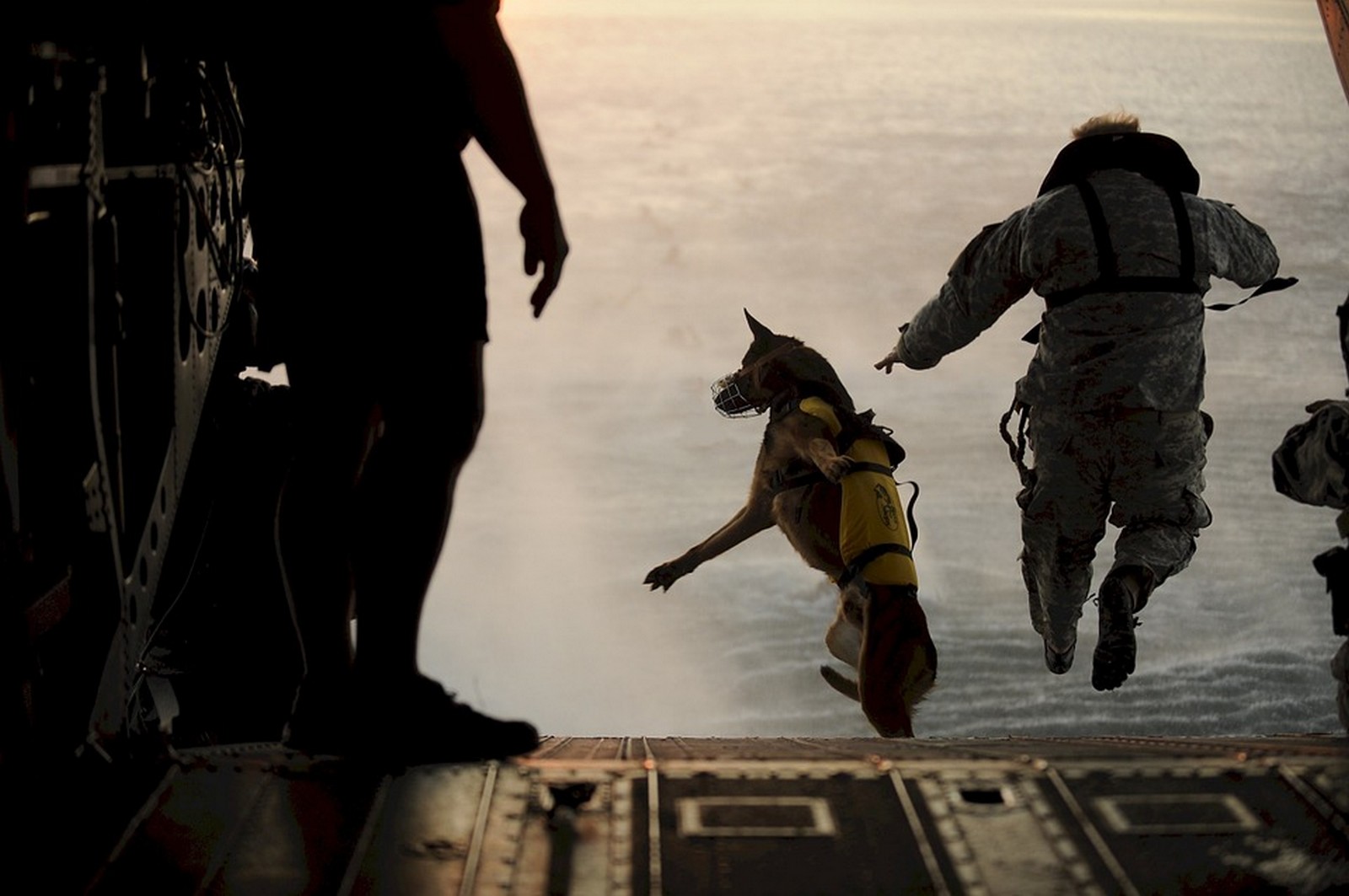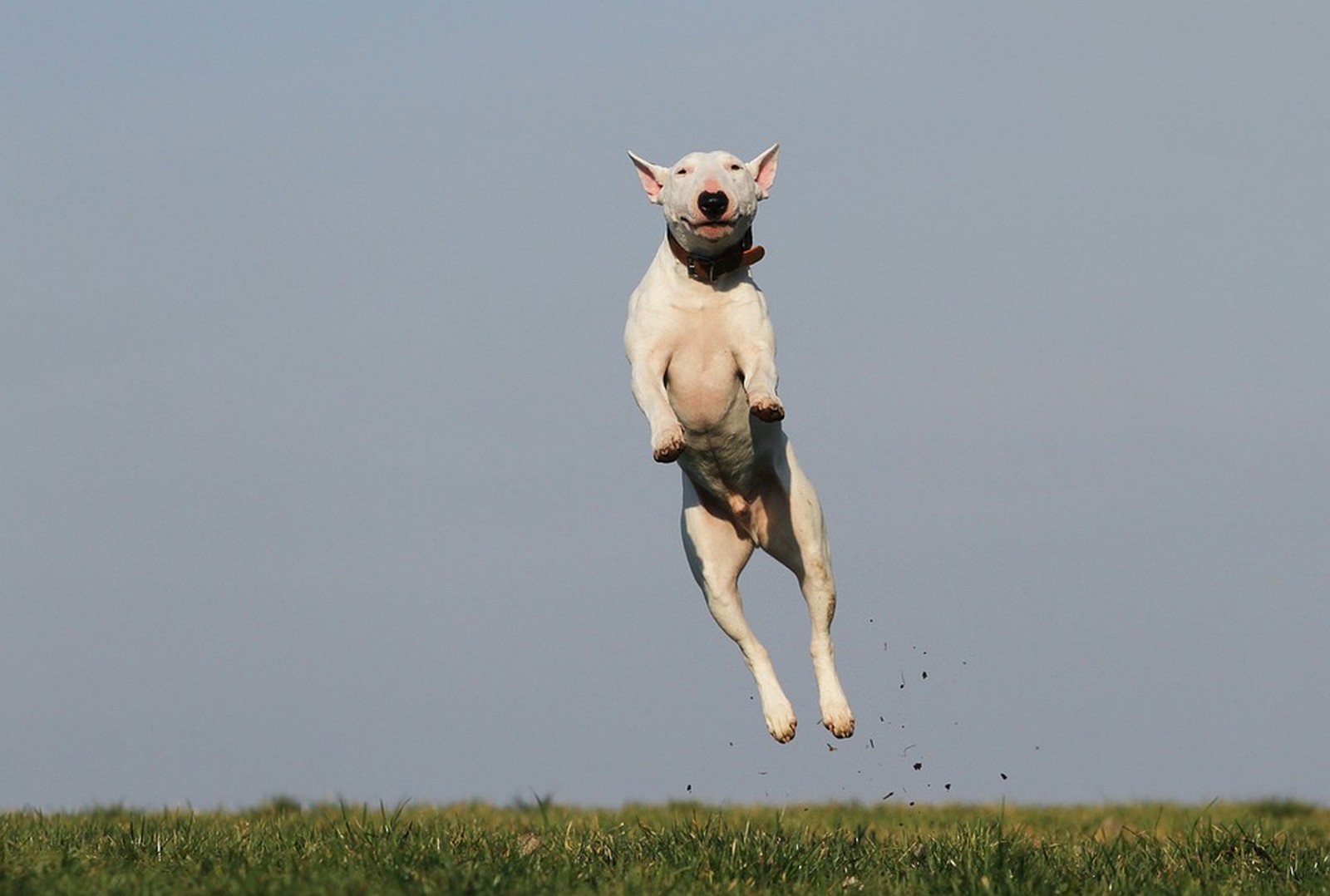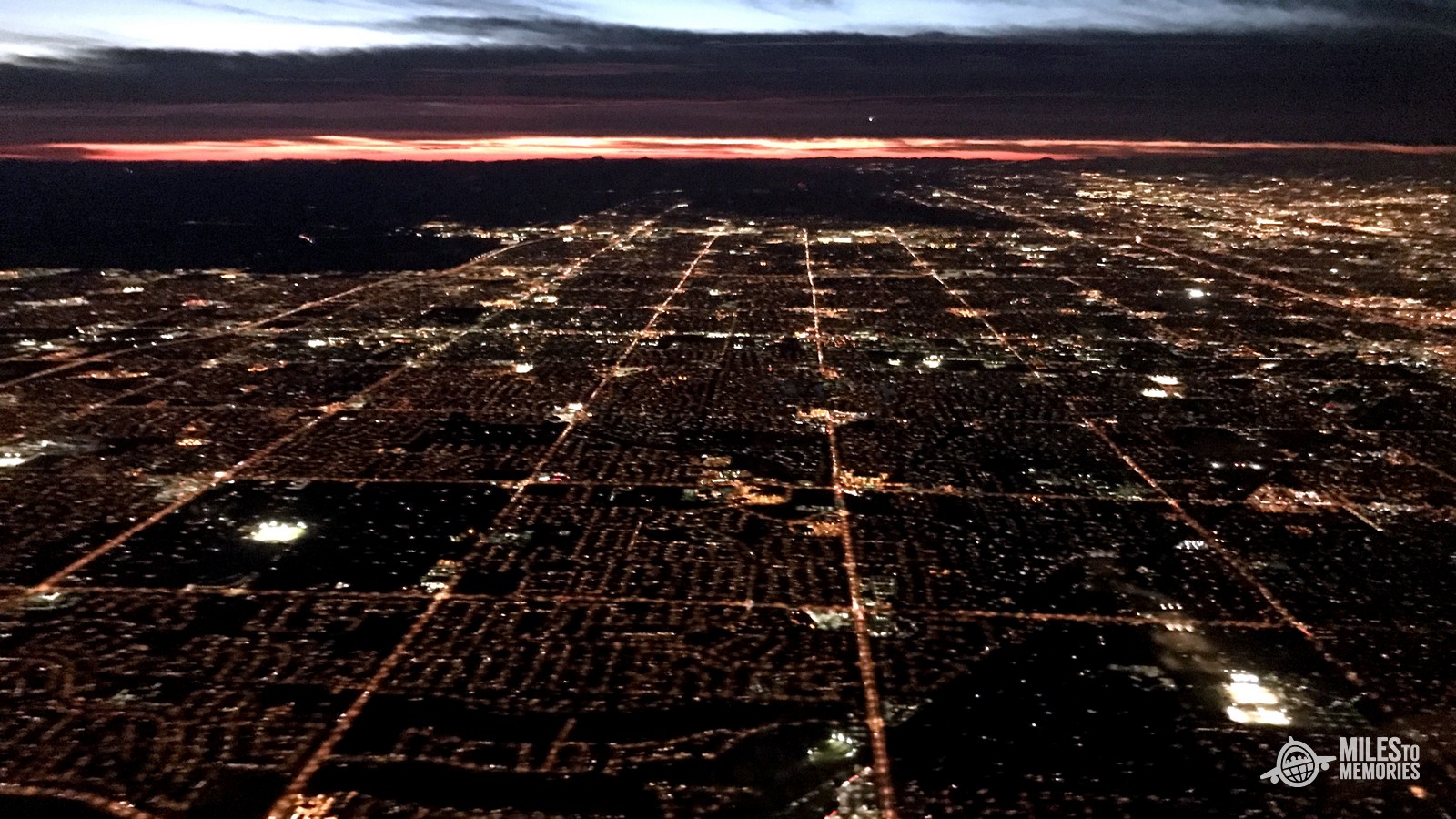

How to Properly Train Your Dog for Flying – Tips from a Pro!
We have covered traveling with pets in the past on Miles to Memories. And we have also shared stories about emotional support animals and how the airline industry is struggling to deal with them.
After reading some of our articles John Woods, the founder of All Things Dogs, a member of the Association of Professional Dog Trainers, graduate in animal welfare and behavior and a recognized author by the Dog Writers Association of America reached out. He was willing to lend some time and answer some questions I had about flying with dogs and how to properly train your dog for flying.
Why should dogs be crate trained before flying?
Whilst some airlines allow small breeds in the cabin (or service dogs), if you are flying with your pooch, they will most likely end up in the cargo area. When in the cargo, they will need to be in an approved airline carrier (a crate). If your dog is crate trained before flying, it makes it a lot less stressful for the dog being in one for the flight. They are in a strange place; at least if they know their crate, they can feel a little safer. Whilst your dog may be used to a particular type of crate at home, it is generally a good idea to introduce the airline carrier before you fly. Leave it around your home and introduce it just as you did when your first crate trained them.


How long does the training process typically take?
If your dog is already crate trained, it should be relatively easy to transfer the skills to a new crate. Swapping bedding, smells, toys etc. If they are used to having their own den, one a little different shouldn’t make a huge difference to them.
If they aren’t already crate trained, you should start as early as possible. Some dogs take to crates incredibly quickly; some take a little longer.
Build the carrier and place it in a quiet area of your home. Leave the door open and let your dog explore and sniff. Intermittently throw treats to the general area of the crate. You want your dog to associate it with good things. You can offer her a chew in the crate, leave the door open so she can come and go as she pleases.
Next up, you can offer mealtimes in the crate. Whilst she is eating, close the door but open it as soon as she has finished.
Leave the crate door open throughout the day to see if she’s interested in going in.
Slowly increase her time spent in the crate, so leave the door closed 30 seconds after her meal, 1 minute, 2 minutes etc. If there are any signs of distress reduce the time spent in the crate again.
Providing she is settling, you can introduce sleeping in there for afternoon nap, quiet time in the evening and then sleeping overnight. All dogs have their own schedule when it comes to crate training, some will accept in within a few days, some may take a few weeks. The important thing it to help your dog associate it with good things, and quiet time. Puzzle feeders and chews are all great at creating a sense of calm in the crate.
What kind of cost is involved when crate training a dog?
Initially, you would have the cost of the crate. This varies depending on what crate you buy. You also need to accommodate for any slow or puzzle feeders you may purchase, any extra bedding etc. Be mindful, don’t send any chews or slow feeders with your pet when they are flying. They will be unattended, and you don’t want to run the risk of them choking on anything.


What should you look for when purchasing the proper crate for your particular dog?
Airline approved carriers meet certain requirements. IATA do not certify, approve endorse or sell carriers, but they do tell you what to look for. Your crate should be large enough for your dog and should allow for movement. It should be constructed of a durable material and should allow for ample air flow. Brachycephalic breeds require a 10% larger container than long snouted breeds. It should be rigid enough to withstand travel, it shouldn’t allow easy escape. Dogs also shouldn’t be able to injure themselves whilst inside the crate. The crate should be easy to handle without the risk that a stressed dog can harm a human handler. Most airline carrier crates will meet the general requirements, but it’s worth checking before you purchase.
Do you think dogs should fly in the main cabin or do you think they will be fine in the cargo area?
Small breeds are often allowed to fly in the cabin, providing they are kept in an appropriate carrier. The carrier must usually fit under the seat in front of you. Some airlines will also require you to purchase a ticket for your dog. Many owners opt for cargo as they can be tracked separately. If you have a large breed, you have no choice but for them to fly in the cargo. Also, many airlines won’t allow carry-on pets on transatlantic or transpacific flights. Check with individual airlines where pets are allowed to fly.


How do you deal with bathroom breaks on a longer flight?
Kennels are required to have absorbent material inside to allow for toileting. This cannot include stray, hay or wood shavings (usually). If you are taking your dog in the cabin, the same applies – your pet must stay in their kennel for the duration of the flight. Some dogs won’t toilet during the flight but be mindful that you cannot remove your dog from their kennel until you have passed through Customs at your destination.
What type of eating/drinking schedule should they be on before flying?
You will need to provide written confirmation that your dog has been fed and offered a drink within 4 hours of being delivered to the airplane. You will also need to provide guidelines for feeding and drinking for a 24-hour period with a bag of food attached to the top of the crate/kennel. Separate water and food bowls need to be secured inside of the crate. Prior to this, keep their eating schedule the same, now is not the time to have introduced a new food!


Do you ever simply say this dog is not suitable for flying?
Of course there are times when flying may just not suit your dog. For example, if they struggle to settle in a crate, if they suffer with separation anxiety or if they get bored easily. The last thing you want is for your dog to get stressed in the cargo, self-injuring or attempting to escape. Some dogs take it in their stride, but like humans, some dogs just can’t fly. If you start crate training early enough and practice with journeys in the car, you’ll get a pretty good idea of whether your dog will settle on a flight. Equally, you’ll also get an idea by how they cope when you leave the house for groceries etc.
Do you think all emotional support dogs should have to have a training certificate etc. before flying?
For a human to qualify for an emotional support animal (ESA), they must have a letter from a certified mental health professional like a psychologist, therapist or psychiatrist. An ESA doesn’t have to be trained to perform a service, they simply provide emotional support for their human.
Final Thoughts
Thank you again John for taking the time to answer my questions. Be sure to check out All Things Dogs for other dog related tips and questions you may have. I hope this info sheds some light on how to properly train your dog for flying. Whether they are flying up top or in the cargo area these tips can make the trip that much easier for your pooch!
Lower Spend - Chase Ink Business Preferred® 100K!


Learn more about this card and its features!
Opinions, reviews, analyses & recommendations are the author’s alone, and have not been reviewed, endorsed or approved by any of these entities.



Whilst was used way too many times
You write: “Do you think dogs should fly in the main cabin…”
NO.
You write: “Do you think all emotional support dogs should have to have a training certificate etc. before flying?”
These animals are not officially service animals and should not be allowed on airplanes either.
Article I read yesterday how a flight attendant was bitten badly by a “ESA” and required stitches. This kind of thing has happened before because people *just can’t leave floofy for a minute” and go buy fake vests and certifications.
The crazy veneration of pets nowadays is insane. Grandpuppies and furbabies… Fer crying out loud! It’s ridiculous!
My two cents worth.
It is a very divisive topic for sure. Thanks for sharing your thoughts on it – I know many people agree.